Comparing Victorian Ash and Tasmanian Oak

Australia boasts an abundance of hardwood timbers, and two popular choices for various applications are Victorian Ash and Tasmanian Oak. While these are different hardwood species, they share a lot of similarities and can be used interchangeably depending on the project.
Due to the Victorian government’s decision to halt native hardwood harvesting, we at Mortlock Timber have factored in the impact this has on the timber industry and its supply chain.
Here is what we will cover in this blog post:
- What Victorian ash is
- What Tasmanian oak is
- The differences between Victorian ash and Tasmanian oak
- The similarities between Victorian ash and Tasmanian oak
Is Victorian Ash available in Australia?
The Victorian Government announced an end to native timber harvesting on 1 January 2024. Vic ash is in short supply and many suppliers throughout Australia may cease to provide the timber.
What is Victorian Ash?
Victorian Ash is a term commonly used in Australia to refer to a combination of hardwood timber species that grow in the mountainous regions of Victoria. The primary species included in Victorian ash are Eucalyptus regnans (also known as Mountain ash) and Eucalyptus delegatensis (Alpine ash).
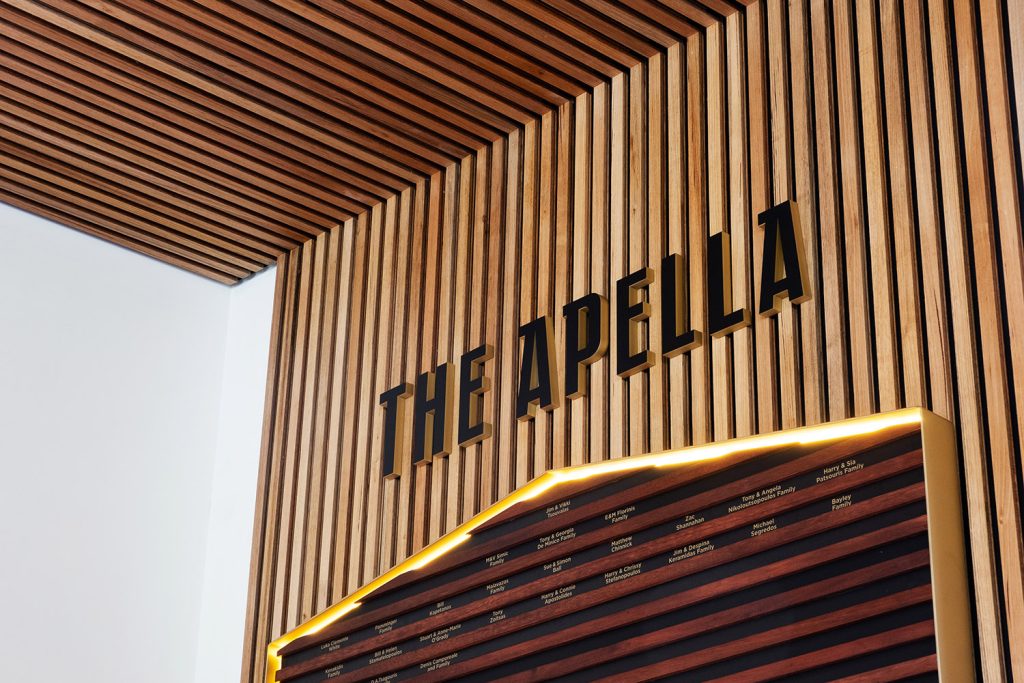
As Victorian ash contains two timber species, characteristics may vary. However, these hardwood species are known for their straight grain, moderate texture and light colour.
What is Tasmanian Oak?
Tasmanian Oak is not a single species but a term commonly used to describe the three Eucalyptus species found in Tasmania, Australia. It is a combination of these species that is collectively referred to as Tasmanian Oak. It is a versatile timber perfect for both construction and interior applications.
Tasmanian oak features a light colour and straight grain that lend a contemporary and warm feel to interiors.
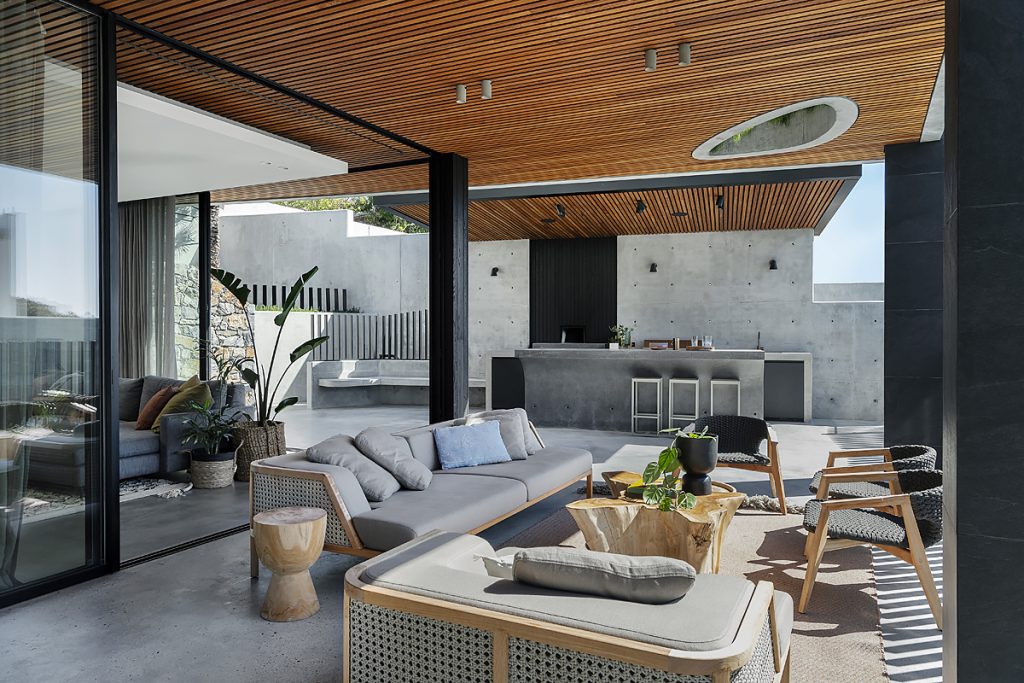
As noted, Tasmanian oak is made up of two of the same native timber species that Victorian ash contains. While this revelation about the two species would appear to carry over presumably would carry over to similarities such as colour, these two native species are grown in different areas of Australia. For this reason, there is a slight difference in the timber colours found between the two.
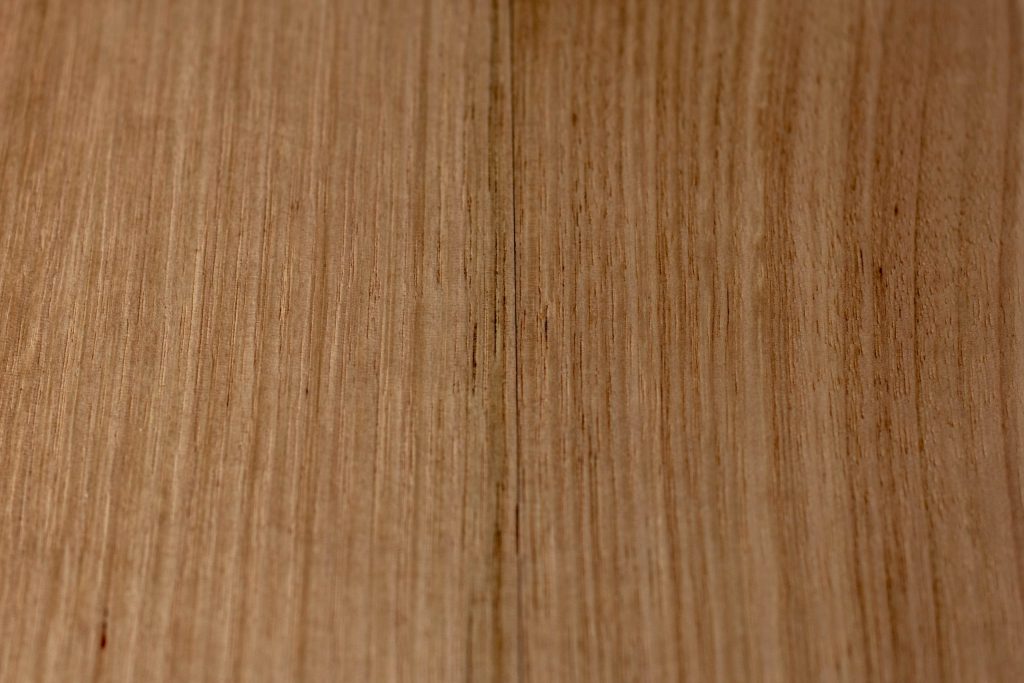
What are the differences between Vic Ash and Tas Oak?
There are some notable distinctions between Victorian ash and Tasmanian Oak. Nevertheless, these variances may not be significant to influence decision-making when selecting timber for a project.
Top of Form
The differences of species and location
Tasmanian Oak:
Tasmanian oak is a premium Australian hardwood timber encompassing three separate Eucalyptus that grow in the mountainous areas of Tasmania. The primary species included in Tasmanian oak ash are Eucalyptus regnans, Eucalyptus delegatensis and Eucalyptus obliqua (also known as Messmate).
The Eucalyptus species contributing to Tasmanian Oak are prevalent in the eucalypt forests of Tasmania and are primarily harvested in Tasmanian.
Victorian Ash:
Victorian Ash is also a collective term, but it typically refers to two species of Eucalyptus: Eucalyptus regnans and Eucalyptus delegatensis.
The hardwood species contributing to Victorian Ash, Eucalyptus regnans and Eucalyptus delegatensis, are found in the mountainous regions of Victoria.
While this revelation about the two species found in each timber would appear to carry over presumably would carry over to similarities such as colour, these two native species are grown in different areas of Australia. Victorian ash is not susceptible to lyctid borer whilst Tasmanian oak is.
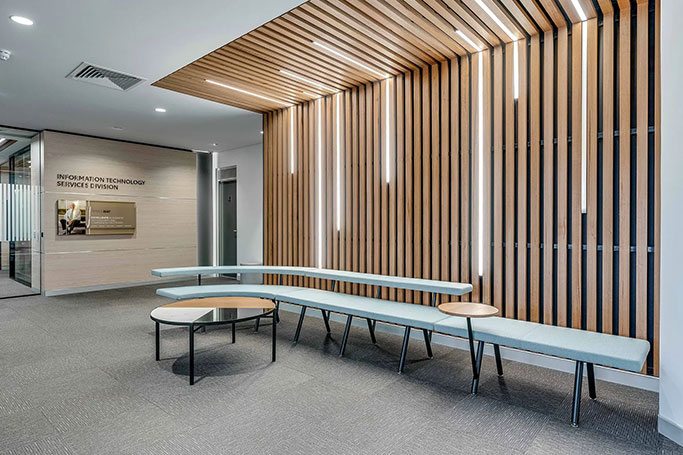
The differences of the timber’s colour.
While this revelation about the two species would appear to carry over to similarities such as colour, these two native species are grown in different areas of Australia, therefore creating variations in the colour of each of the timbers.
While Tasmanian oak can be made up of three eucalyptus species, Victorian ash can only be made up of two species. The third species found in Tasmanian oak of eucalyptus Obliqua is one of the main drivers that dictate the differences between the two timbers.
Victorian ash’s colour ranges from pink to pinkish brown.
Tasmanian Oak’s range of colour is a little wider as it can vary between white, yellow, pale straw and light brown. This depends on the tree that was harvested.
While there are differences that impact the specifying process and the overall
Similarities between Tasmanian oak and Victorian ash.
The similarities between Tasmanian Oak and Victorian Ash timber form a crucial aspect in the realm of project specification. Both timbes share common traits that make them versatile and suitable for various applications. From their comparable grain patterns to similar shades, these shared characteristics are important to consider.
Both Tasmanian oak and Victorian ash are relatively soft hardwoods.
Tasmanian Oak and Victorian Ash are characterized by their classification as relatively soft hardwoods. Despite being known as hardwoods, their density and hardness fall on the softer end of the spectrum within this classification.
This inherent softness contributes to their workability, making them more pliable and easier to machine. While these timbers may be softer compared to some other hardwood varieties, the malleability becomes a benefit to those who use it, allowing for ease of cutting, shaping, and finishing, which can be advantageous during installation.
Bushfire rating
Tasmanian Oak and Victorian Ash share a notable similarity in their bushfire alert rating, both boasting a BAL rating of 12.5. This fire alert rating signifies their moderate resistance to ignition.
If both Tasmanian Oak and Victorian Ash have the same bushfire alert level rating of 12.5, it suggests that they are considered to have similar resistance to ignition and flame spread during bushfire conditions. This can be beneficial in regions prone to wildfires, as it means that structures or products made from these woods may be less vulnerable to catching fire or contributing to the spread of flames.
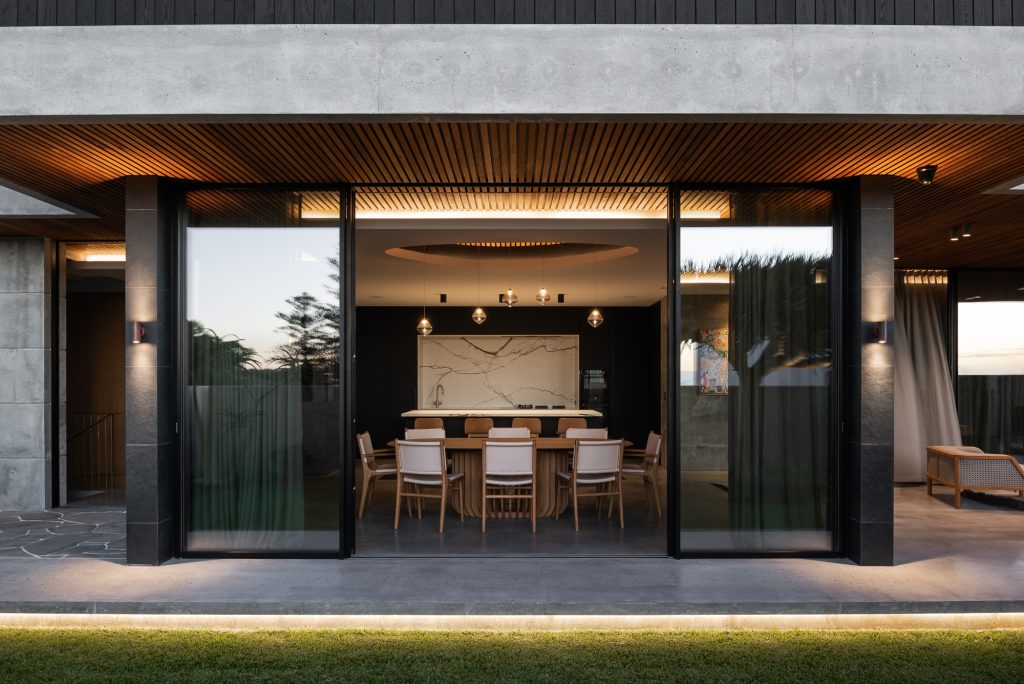
Mortlock Timber’s timber species
At Mortlock Timber, we have stopped using Victorian ash and will continue to supply Tasmanian oak. We feel that the characteristics of both Tasmanian oak and Victorian ash continue to be similar to this day. The quality of Tasmanian oak has been proven to meet the diverse needs of our clients and their projects.
Get in touch today for more information regarding our architectural timber products or to request a quote. One of our friendly team members will be happy to assist you!
View our pricing and product guide
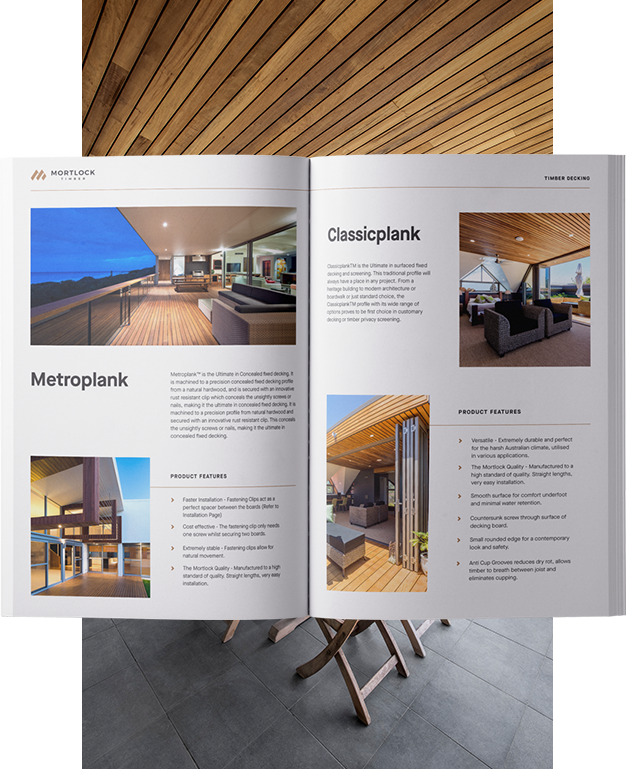
We are committed to bringing you timber products that add value and endure for years to come, even in heavy traffic and harsh weather conditions. We understand the value of efficiency when it comes to installation and keeping hardwood timber costs down. That’s why we’ve spent decades perfecting our designs to make them easier to handle, less wasteful and more efficient to install. This efficiency allows us to offer you premier products that are more cost-effective so that you can experience greater savings on timber wall costs, timber ceiling costs, timber cladding costs and timber decking costs.
Download our Pricing and Product Guide for our complete hardwood timber price list including timber decking prices, timber wall prices, timber ceiling prices and timber cladding prices.
